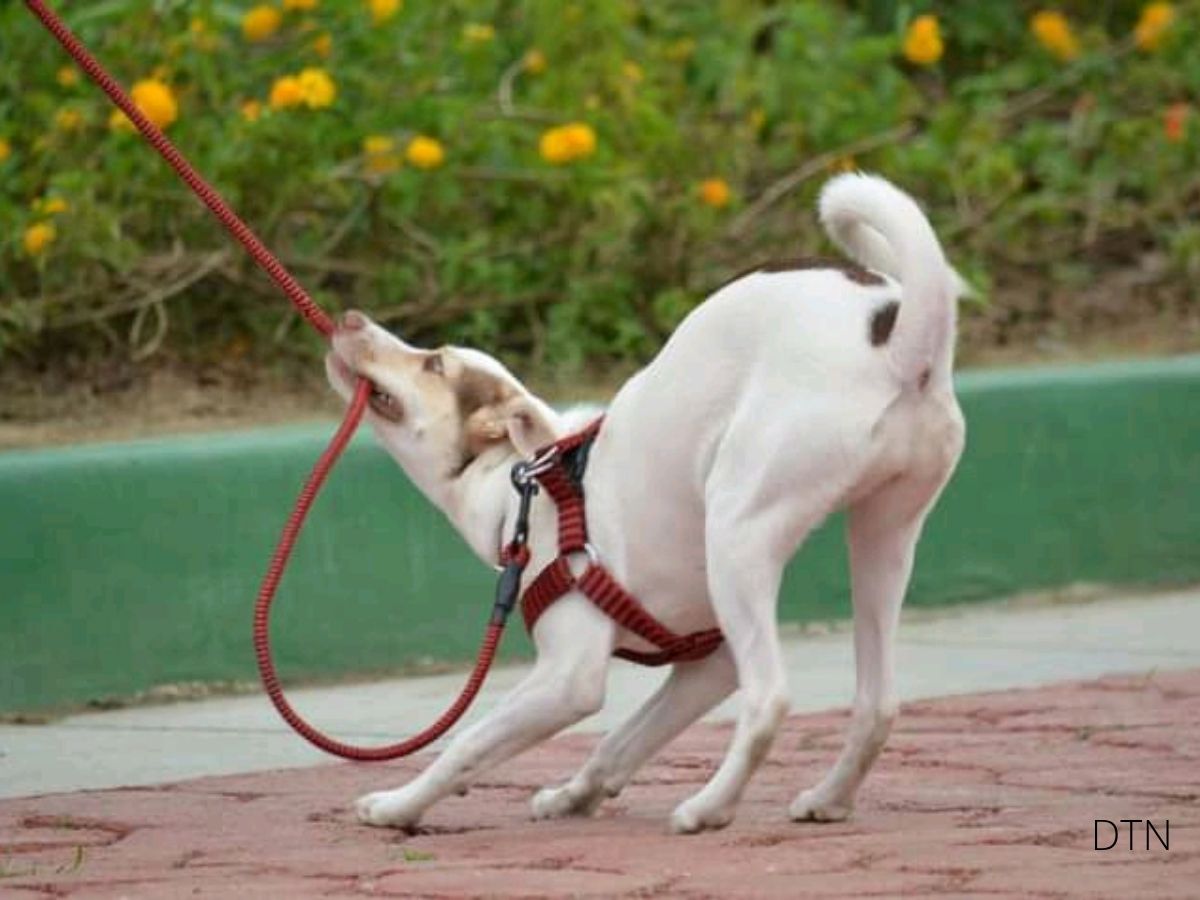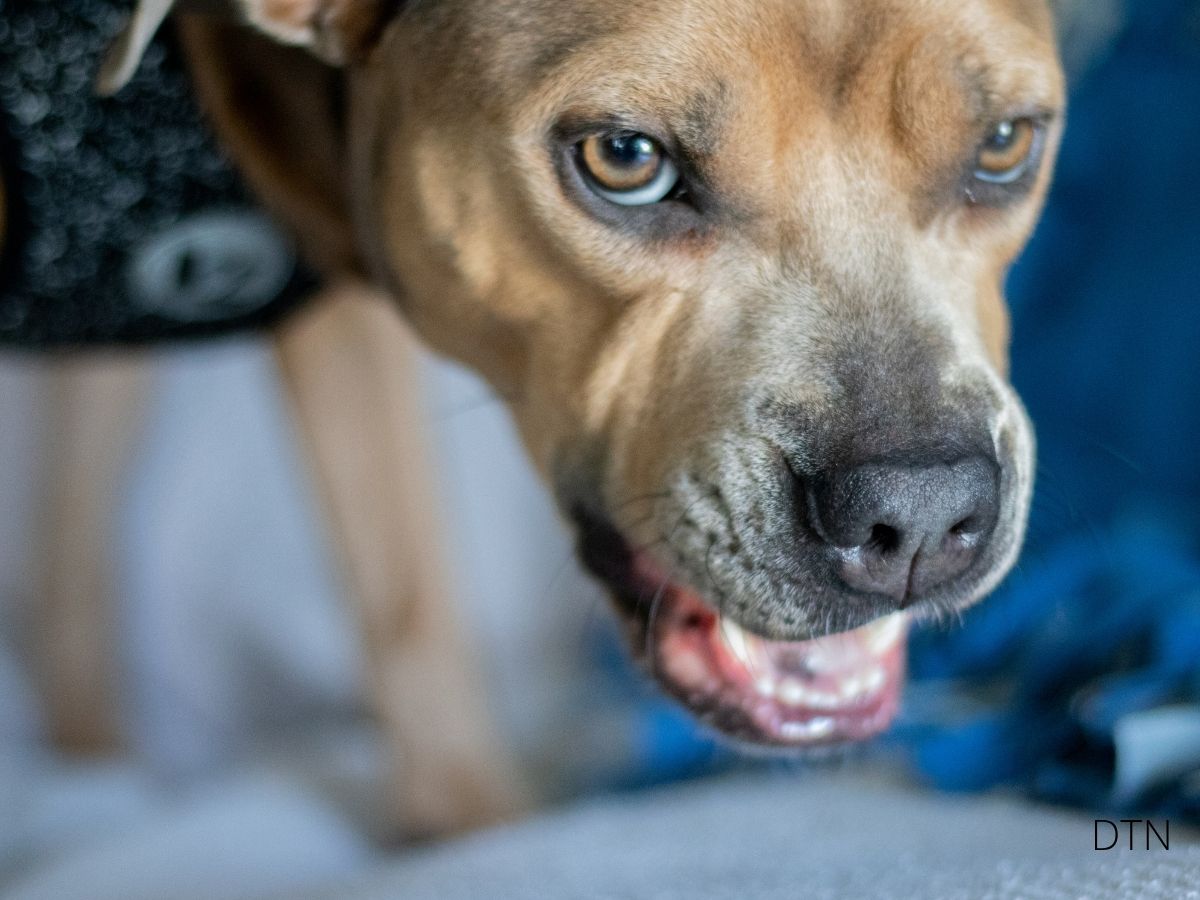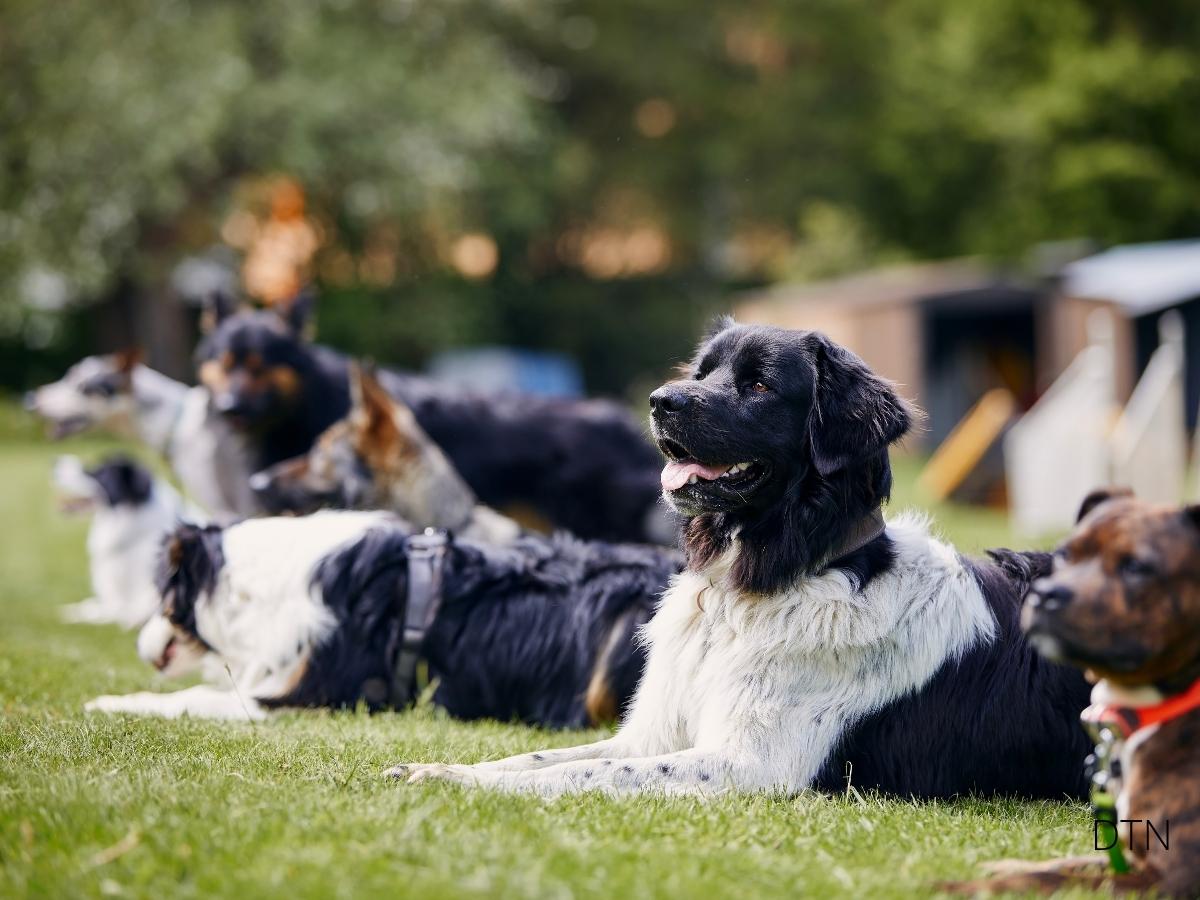Have you ever noticed your usually attentive pup suddenly becoming sluggish during training, or your rescue dog shutting down in new environments? You might be witnessing decision fatigue—a phenomenon that affects our canine companions just as profoundly as it affects us. Let us guide you through understanding this crucial aspect of your dog’s cognitive well-being.
Understanding Cognitive Overload
Your dog’s brain operates on a finite reserve of mental energy. Every command they process, every choice they make, and every new stimulus they encounter draws from this cognitive well. Just like you feel exhausted after a long day of decisions, your furry friend experiences similar mental fatigue.
The neurological basis mirrors what researchers observe in humans—depletion of resources in brain regions responsible for executive function. While your pup’s prefrontal cortex differs from yours, the principle remains: sustained cognitive demands lead to mental exhaustion. Each “sit,” “stay,” or complex agility sequence requires genuine mental effort.
Working memory limitations affect how dogs process information. Your dog’s working memory can become overwhelmed when processing multiple cues in succession, creating a cognitive bottleneck. Stress hormones like cortisol and neurotransmitters like dopamine fluctuate during cognitive strain, directly impacting your dog’s ability to focus, learn, and respond. 🧠
Recognizing the Signs
Physical and Behavioral Markers
You know your dog better than anyone, making you perfectly positioned to notice when their usual sparkle dims. Decision fatigue whispers through subtle behavioral shifts that caring owners learn to recognize.
Observable changes often include:
- Increased response time to familiar commands
- Sluggish recall or half-hearted fetch attempts
- Excessive yawning, lip licking, or sudden scratching
- “Selective hearing” that’s actually cognitive shutdown
- Offering default behaviors repeatedly instead of thinking through requests
Emotional indicators tell an equally important story. Dogs experiencing decision fatigue might display increased irritability, becoming snappy or showing less tolerance for handling. Some become clingy, seeking comfort when mentally depleted, while others seem distant or “checked out.”
Remember, these aren’t signs of a “stubborn” dog—they’re indicators of a brain needing rest. 🐾
Communication Changes
When cognitive overload strikes, your dog’s communication shifts dramatically. A mentally strained dog might whine more frequently—not from physical discomfort but from mental exhaustion. Some become unusually quiet, while others bark more, using this default behavior when they can’t process your requests.
Body language speaks volumes about cognitive state. Watch for tail positions dropping during previously enjoyable activities, ears pinned back without obvious stressors, or excessive panting in comfortable temperatures. These subtle signals are your dog’s way of saying, “I need a break.”
Training Strategies for Mental Wellness
Preventing Overload Through Smart Structure
The key to effective training isn’t pushing harder when your dog struggles—it’s recognizing when to ease off and structuring sessions for optimal cognitive comfort.
Session structure matters profoundly. Consider implementing:
- 5-minute focused training blocks followed by play or rest
- No more than 3-5 repetitions of challenging new behaviors
- Alternating between mental and physical exercises
- Ending on a successful, easy win to preserve positive associations
The power of breaks cannot be overstated. Just as studies show human decision-makers perform better after rest, your dog’s cognitive performance improves dramatically with strategic pauses. These aren’t just physical breaks—they’re opportunities for the brain to consolidate learning and replenish neurotransmitters.
Environmental management plays a crucial role. Training in a busy park might seem like good “proofing,” but for a dog already struggling with cognitive demands, it’s like asking someone to solve math problems at a rock concert. Start in low-distraction environments and gradually increase complexity only when your dog shows consistent success and enthusiasm. 😊
Optimizing Different Activities
Different activities place varying demands on your dog’s cognitive resources. Understanding these differences helps create enriching experiences without overwhelming mental capacity.
High-cognitive activities like scent work or complex trick training require intense focus. Approach these like interval training—short, intense bursts followed by adequate recovery. A 15-minute nose work session might be more mentally exhausting than an hour-long walk.
Moderate-cognitive activities such as basic agility or fetch with rules offer engagement without excessive strain. These naturally alternate between mental processing and physical action, providing micro-breaks for recovery.
Low-cognitive activities like free sniffing walks or gentle play provide essential mental restoration. These aren’t “doing nothing”—they’re actively supporting cognitive recovery and emotional regulation.
Whoever said you can’t buy happiness forgot little puppies.
– Gene Hill

Nutritional Support for the Thinking Brain
Your dog’s diet directly impacts cognitive resilience. Omega-3 fatty acids from fish oil support neural function and may help maintain focus during training. B-vitamins and antioxidants protect against oxidative stress that impairs cognitive function.
Timing matters: A small, protein-rich snack 30-60 minutes before training provides sustained energy without sluggishness. Ensure fresh water is always available—even mild dehydration impairs cognitive performance. 🧡
Health Implications of Chronic Overload
Chronic decision fatigue affects more than behavior—it has real health implications. Sustained elevation of stress hormones can suppress immune function, disrupt digestion, and affect coat quality. Dogs experiencing ongoing mental strain might develop gastrointestinal issues, skin problems, or increased susceptibility to infections.
Breed-specific vulnerabilities deserve consideration. Herding breeds might push through exhaustion, masking signs until breaking point. Anxious or reactive dogs often have lower thresholds for cognitive overload, requiring especially thoughtful management.
Special Considerations for Rescue Dogs
Rescue dogs often arrive with invisible cognitive vulnerabilities making them especially susceptible to decision fatigue. Dogs who’ve experienced trauma operate with depleted baseline cognitive resources, their brains constantly scanning for threats, leaving less capacity for learning.
Building cognitive resilience requires:
- Starting with single, clear cues rather than behavior chains
- Celebrating micro-successes without cognitive strain
- Using management over training when possible
- Providing extra recovery time between sessions
A rescue dog who “suddenly knows nothing” isn’t being stubborn—they’re experiencing cognitive overload. Step back, reduce demands, and rebuild slowly. 🐾
Creating Cognitive Comfort at Home
Your home environment profoundly influences cognitive load and recovery capacity. Create safe spaces for decompression—quiet corners where your dog can retreat without cognitive demands. These should be respected as no-training zones.
Predictable routines reduce strain by minimizing decision-making demands. While variety is important, a stable framework of meal times, walk schedules, and rest periods provides cognitive scaffolding enabling better learning during designated training times.
Environmental enrichment requires balance. Rotate toys weekly, offer one food puzzle per day, and observe whether your dog engages enthusiastically or seems stressed. Too many options create choice overload.
Your Prevention Toolkit
Practical Strategies for Every Dog
The 5-Minute Rule: Keep focused training to 5-minute blocks with breaks between. This prevents depletion while maintaining momentum.
The 70% Success Principle: If your dog isn’t succeeding at least 70% of the time, the task is too hard. Lower criteria, reduce distractions, or rest.
Strategic Scatter Feeding: Replace one bowl meal with scattered kibble for mental stimulation through natural foraging without cognitive demand.
Choice-Based Training: Offer choices like “treats or play?” This paradoxically reduces fatigue by giving control over cognitive engagement.
The Consent Check: Before training, offer a start-button behavior (like hand touch). Lack of enthusiasm might signal cognitive unreadiness.
Conclusion: Supporting Your Dog’s Cognitive Wellness
Understanding decision fatigue transforms how we view our dogs’ behavior and approach their education. When we recognize that every cue draws from finite cognitive resources, we become more thoughtful trainers and compassionate companions.
Your dog’s occasional “stubbornness” might be their brain saying, “I need a break.” That rescue dog who shuts down is conserving precious cognitive resources. Your senior companion who seems forgetful is managing limited mental energy.
Ask yourself: Does your training approach account for cognitive capacity? Are you recognizing subtle signs of mental fatigue? Are you building in adequate recovery?
By preventing decision fatigue, you’re not just improving training outcomes—you’re enhancing quality of life and building a relationship based on understanding and respect for cognitive boundaries. A mentally comfortable dog is a happy dog, and that’s what we all want for our furry friends.
If you notice persistent signs of cognitive overload despite implementing these strategies, consider consulting a certified behavior professional who understands decision fatigue. Together, you can create an approach that honors your dog’s unique cognitive needs while maintaining the joy that makes your relationship special. 🧡






